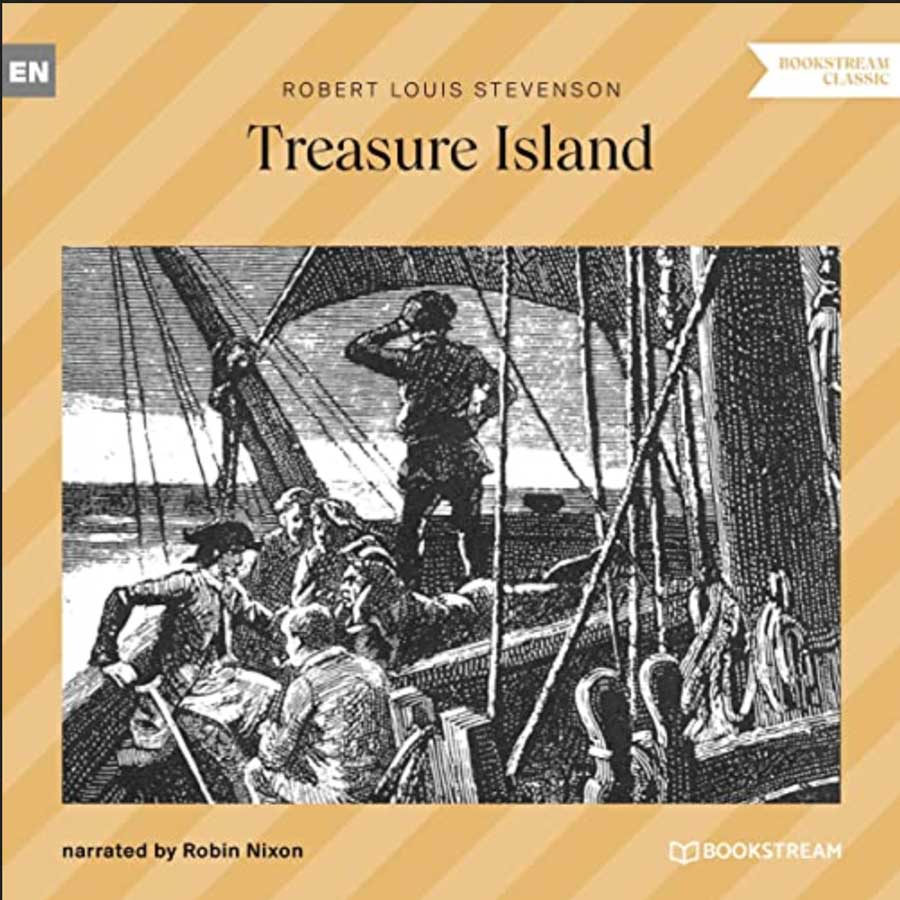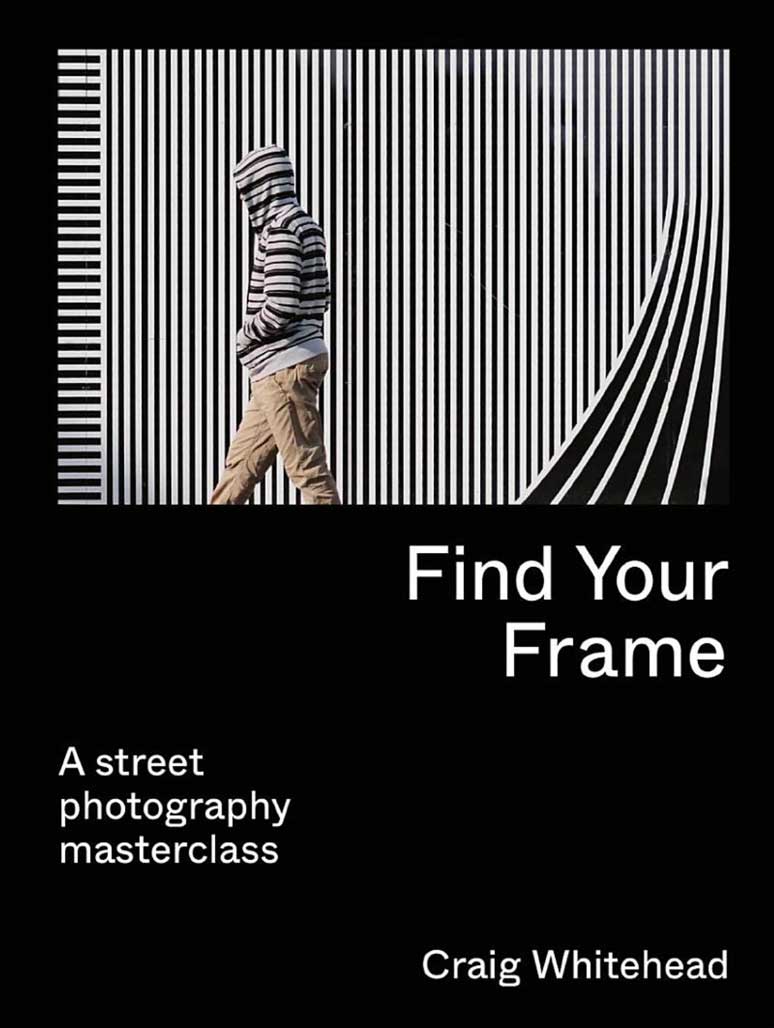My Comments about Audio Books: Pleas know that I’m not disparaging their use for anyone. I recognize that for some people, especially those who are visually impaired, that audio books can provide access to literature that would otherwise be denied them. I also understand that audio books can be a companion when exercising and engaging in other kinds of physical activity. If that’s how you prefer to access books; I would be the last person to criticize their use; what follows is is just my highgly personal opinion.
Today’s Post by Joe Farace
“Books are the quietest and most constant of friends; they are the most accessible and wisest of counselors, and the most patient of teachers.” ―
Question of the day
 Does listening to an audio book count as “reading” that book? I don’t think so mainly because it’s a passive experience while actually reading a book is an active one. Steven King disagrees with me: He believes that while engaged in the active part of reading, you might skip a word or phrase here and there and that somewhat diminishes the reading experience. I know I’ve done this (more than once) only to realize a paragraph or two later when the text refers to something and I realize “where’s that?” It turns out that missed it. So I go back and re-read—something i don’t mind doing. BUT, if you hear it read, you hear every word the writer produced; the narrator doesn’t skip anything. OK, so I don’t hate audio books. When Mary and I take road trips that include long stretches of boring highway driving, an audio book can be a wonderful companion. On these trips, we prefer to listen to the classics; the last audio book we played in the car was Treasure Island. I still don’t count these books in my “Books Read” total for the year but that’s just me.
Does listening to an audio book count as “reading” that book? I don’t think so mainly because it’s a passive experience while actually reading a book is an active one. Steven King disagrees with me: He believes that while engaged in the active part of reading, you might skip a word or phrase here and there and that somewhat diminishes the reading experience. I know I’ve done this (more than once) only to realize a paragraph or two later when the text refers to something and I realize “where’s that?” It turns out that missed it. So I go back and re-read—something i don’t mind doing. BUT, if you hear it read, you hear every word the writer produced; the narrator doesn’t skip anything. OK, so I don’t hate audio books. When Mary and I take road trips that include long stretches of boring highway driving, an audio book can be a wonderful companion. On these trips, we prefer to listen to the classics; the last audio book we played in the car was Treasure Island. I still don’t count these books in my “Books Read” total for the year but that’s just me.
Book Translations
Part of the joy, for me, of reading any book is enjoying the author’s use of language. That’s why I think that when reading a translation of a book, such as
Book Review: Find Your Frame
Recently some readers wrote asking when I was going to do another review of a photography book. Well, the answer is right now…
One of the biggest takeaways for me from this book—and I hope for you as well—is that street photography doesn’t have to be about people. We can’t all be Gary Winogrand and some people might be anxious making candid images of people, although that is what typically characterizes this oeuvre.
This is the best photo book I’ve read all year.
Whitehead breaks the book into 20 lessons—he doesn’t consider them chapters because the book is a “masterclass.” In one lesson, he divides street photographers into two categories: “Hunters” and “Fishers,” who look for “unrepeatable moments,” and I think this latter term defines his work. By the time I got to Lesson Seven: “Don’t Be Shy,” i ran into my personal problem with street photography: When shooting candid photographs of strangers I tend to be somewhat introverted and try to be unobtrusive when making these kinds of images. Whitehead urges his readers on, suggesting that to shoot some photographs, you’ve got a “go for it” and break through any shyness.
Here’s where we also run into cultural differences. Whitehead says he has only encountered one person who got angry with him when he made their picture and that a few times he’s had to delete images but these exchanges were polite. My experience in the British Isles is that people there are generally more polite—something the author himself mentions—than you might encounter in a typical American city. He also occasionally features children in his images. What I’ve found here in the US is that shooting candid photographs of children (that are not your own or you haven’t been hired to photograph) could engender a visit from law enforcement.
Find Your Frame has been lovingly produced with a design that makes it a pleasure to read, although some may find the type size to be a bit small. Since I wear reading glasses no matter what the text size is, it didn’t matter to me but it might matter to some. The photo caption text is even smaller—it’s a compact book measuring 5.91 x 0.36 x 7.87 inches—and these captions could be a challenge for anyone without perfect vision. Another nit—if I didn’t pick it somebody else will—in writing about one of his photographs the author refers to the “red bus” in the photograph’s background. The image with that bus shows that it’s clearly green.
But these few quibbles aside, this is the best photo book I’ve read all year. The text is chockablock with useful, practical information, so much so that you might want to pick it up at later date after you’ve practiced some of the techniques Whitehead suggests and maybe (I certainly would) read it again! The book is further enhanced by s masterful and artistic street photography whose style almost seems like its own subgenre and while he doesn’t mention Elliott Erwitt, I see some influences there as well as Ernst Haas, who Whitehead mentions as an influence. Yet all of the beautifully reproduced images remain uniquely ‘s and makes this book a must-have for any photographer, even if you’ve never considered giving street photography a try. Buy a copy of Find Your Frame, read it and then experience this genre for yourself; It might move you out of your comfort zone. Who knows it could change your photography and maybe your life,
- Publisher: Frances Lincoln
- Hardcover: 144 pages
- ISBN-10: 071128363X
- ISBN-13: 978-0711283633
- Dimensions: 5.91 x 0.36 x 7.87 inches
- Price: $19.99, Kindle is $9.99
